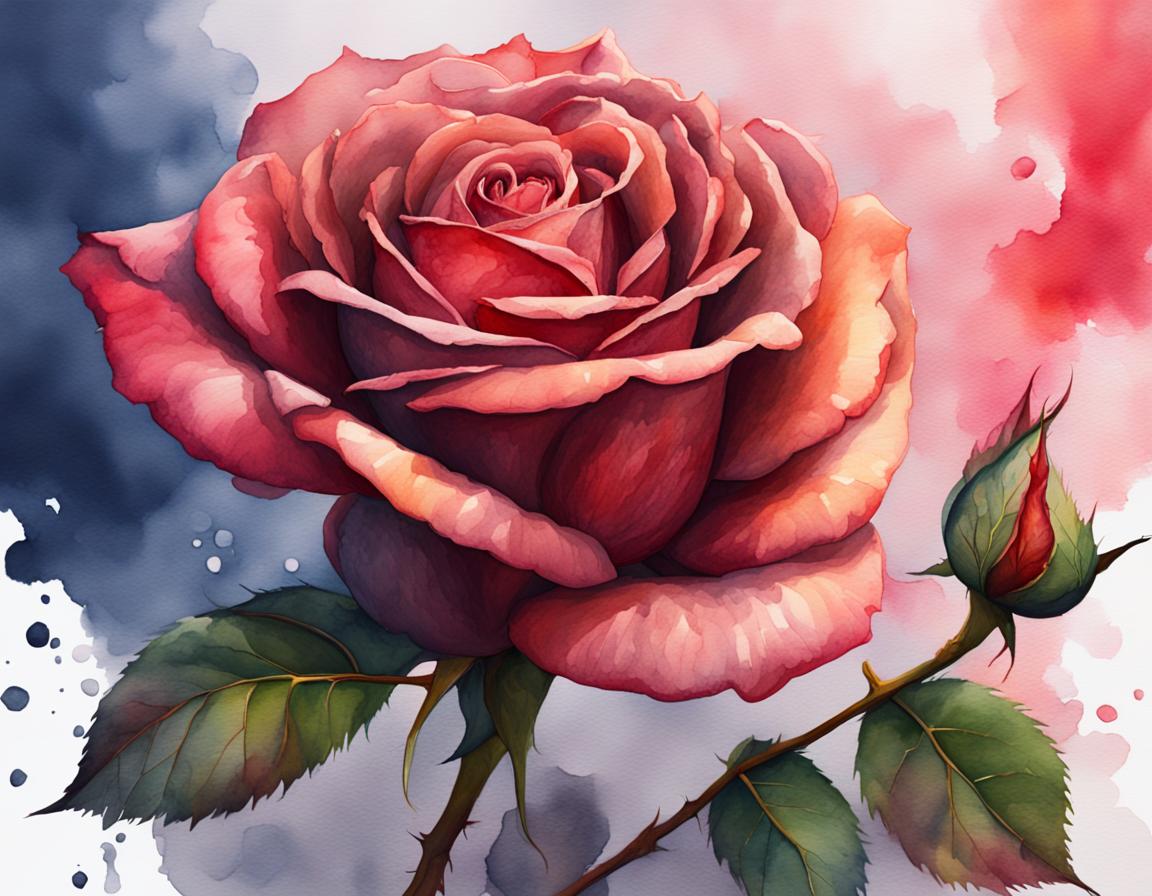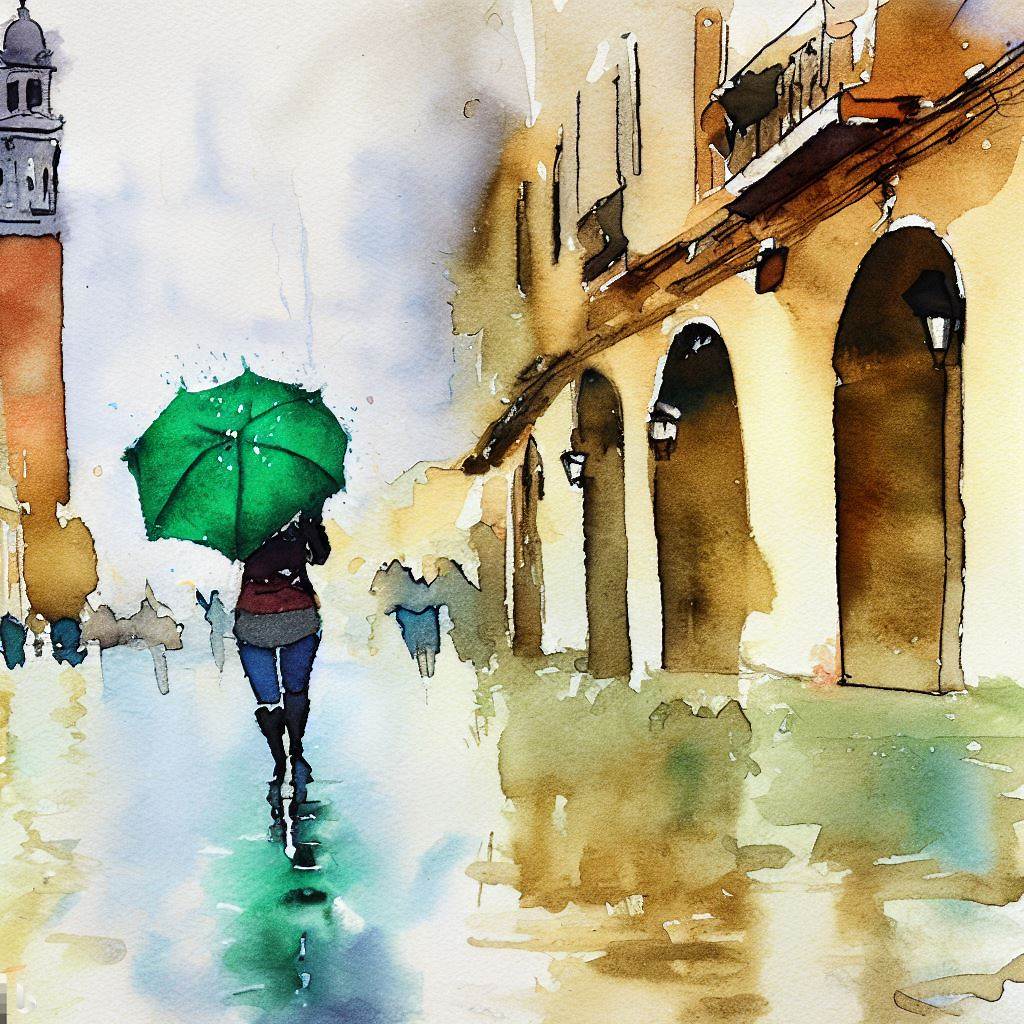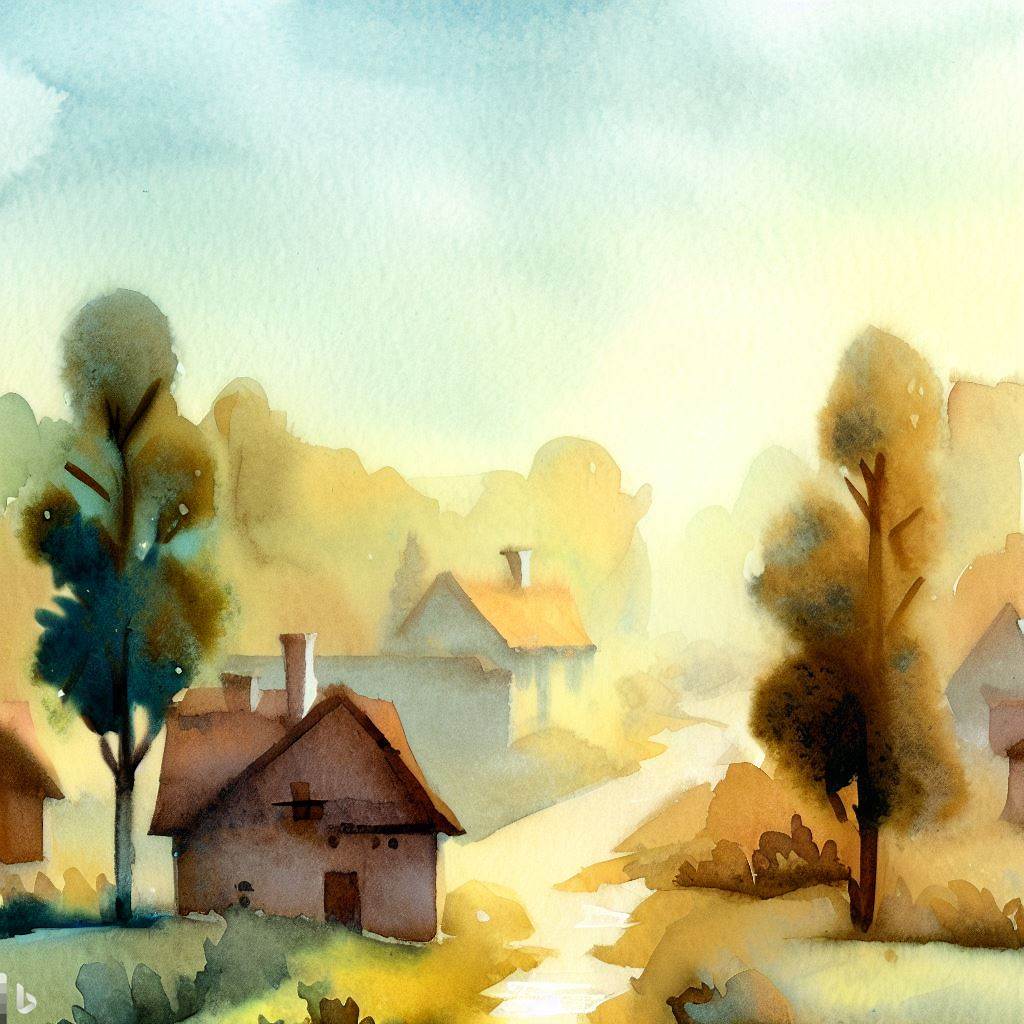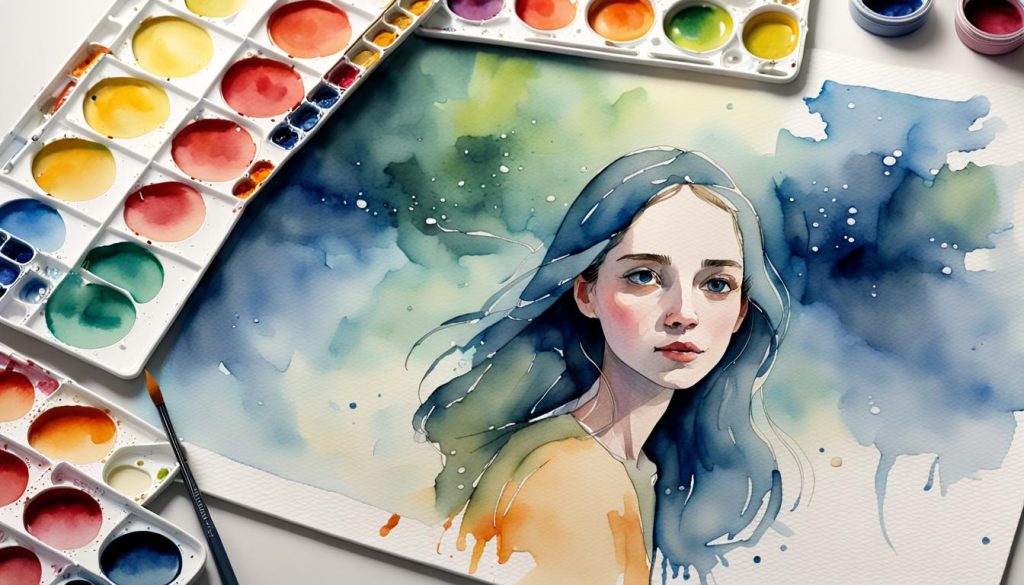
In the realm of watercolor painting, watercolor composition reigns supreme, guiding artists to create visually captivating masterpieces. These principles empower watercolorists to orchestrate elements, drawing the viewer’s eye and evoking emotions.
Imagine a tranquil lake, its shimmering reflection the focal point, surrounded by negative space creating depth. In another scene, majestic mountains rise, contrasting colors accentuating their grandeur, while skillful shading breathes life into their form.
Through watercolor composition, artists transcend boundaries, transforming canvases into vibrant expressions of creativity and imagination.
“Composition is the foundation of all good painting. It is the arrangement of the elements of a painting in a way that creates a sense of unity and balance.”
John Singer Sargent
Understanding Watercolor Composition
Composition refers to the arrangement of elements within a painting to create a balanced and visually pleasing image. The key elements of composition include:
- Focal point: The central point of interest that draws the viewer’s eye.
- Negative space: The areas of the painting that are not occupied by objects.
- Balance: The distribution of visual weight throughout the painting.
Focal Point
A strong focal point is essential for creating a cohesive and impactful composition. This can be achieved through:
- Contrast: Using contrasting colors, values, or shapes to draw attention to the focal point.
- Placement: Positioning the focal point in a prominent location, such as the center of the painting or along a diagonal line.
- Isolation: Surrounding the focal point with negative space to create a sense of isolation and emphasis.
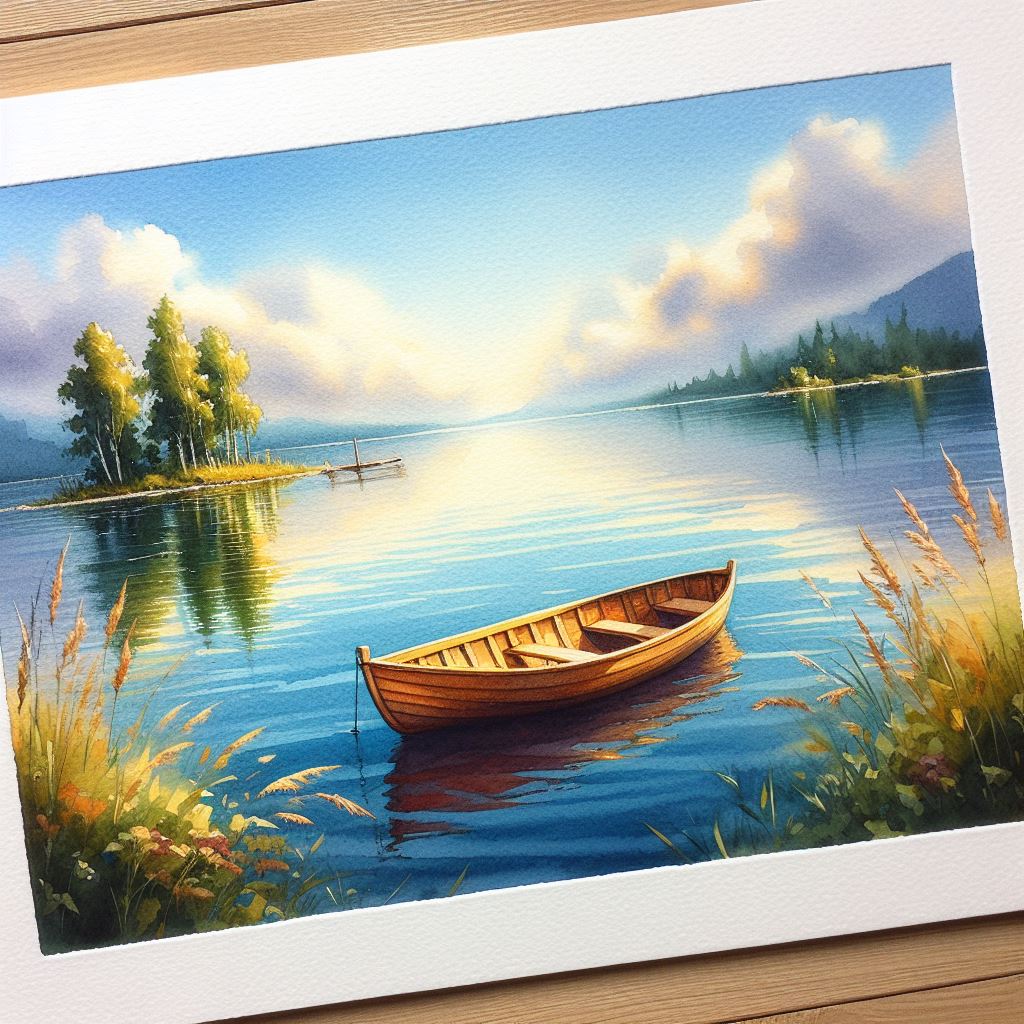
In this image, the focal point is the small boat in the center of the lake. The artist has used several techniques to draw attention to the boat:
- Contrast: The boat is painted in warm colors, which contrast with the cool blues and greens of the water and sky. This contrast helps to make the boat stand out from the rest of the painting.
- Placement: The boat is positioned in the center of the lake, which is a prominent location. This placement helps to ensure that the viewer’s eye is drawn to the boat.
- Isolation: The boat is surrounded by negative space, which helps to create a sense of isolation and emphasis. This isolation helps to make the boat the focal point of the painting.
By using these techniques, the artist has created a painting with a strong focal point that draws the viewer’s eye to the small boat in the centre of the lake.
Negative Space
Negative space is often overlooked, but it is crucial in creating visual interest and depth. By utilizing negative space effectively, artists can:
- Balance the composition: Negative space can be used to balance the weight of objects and create a sense of equilibrium.
- Create depth: By varying the amount of negative space around objects, artists can create the illusion of depth and recession.
- Enhance the focal point: Negative space can be used to draw attention to the focal point by creating a contrast between positive and negative space.
Balance:
Balance refers to the distribution of visual weight throughout the painting. There are three main types of balance:
- Symmetrical balance: Equal distribution of visual weight on either side of a central axis.
- Asymmetrical balance: Unequal distribution of visual weight, creating a more dynamic and visually interesting composition.
- Radial balance: Visual weight is distributed evenly around a central point, creating a sense of unity and cohesion.
Color Theory
Color theory provides a framework for understanding how colors interact and affect each other. In watercolor painting, color theory can be used to:
- Create harmony: By using colors that are analogous (adjacent on the color wheel) or complementary (opposite on the color wheel), artists can create a sense of harmony and unity in their paintings.
- Generate contrast: By using colors that are contrasting in hue, value, or saturation, artists can create visual interest and draw attention to certain elements of the painting.
- Convey mood: Different colors can evoke different emotions and moods. By choosing colors carefully, artists can convey a specific mood or atmosphere in their paintings.
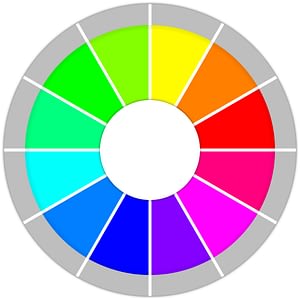
Value
Value refers to the lightness or darkness of a color. In watercolor painting, value is used to:
- Create depth: By varying the value of colors, artists can create the illusion of depth and recession.
- Model form: By using light and shadow, artists can create the illusion of three-dimensional form.
- Create contrast: By using contrasting values, artists can create visual interest and draw attention to certain elements of the painting.
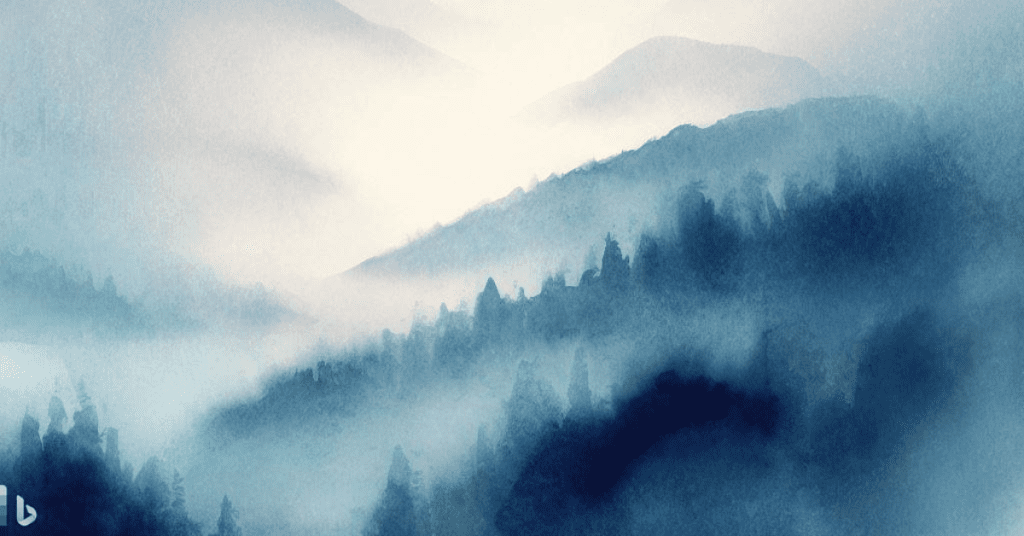
Unity and Variety
Unity refers to the sense of cohesion and harmony within a painting, while variety refers to the use of different elements to create visual interest. To achieve a successful composition, artists should strive to balance unity and variety.
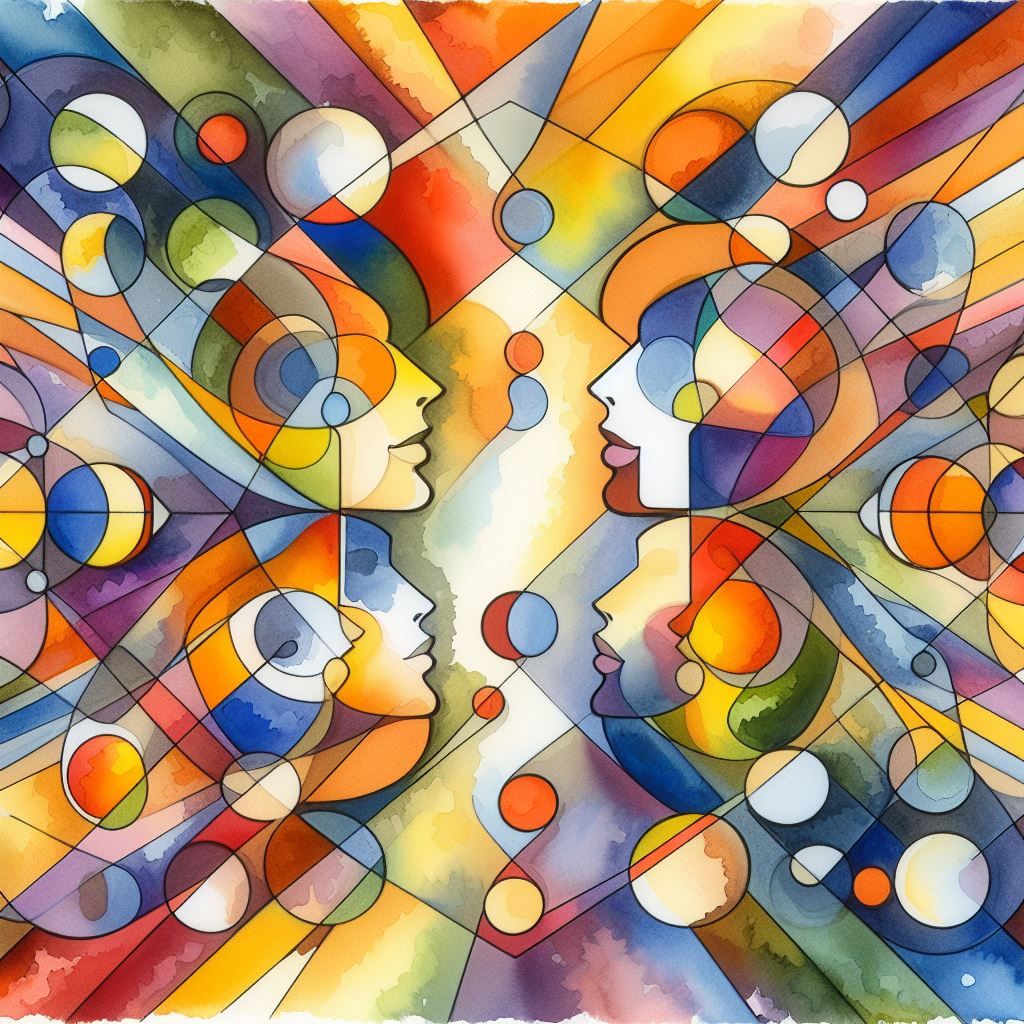
- Unity: Unity can be achieved through the use of repeated elements, such as color, shape, or line.
- Variety: Variety can be achieved through the use of contrasting elements, such as different colors, shapes, or textures.
“Unity and variety are essential for creating a successful composition. Unity is achieved by using repeated elements throughout the painting, while variety is achieved by using contrasting elements.” –
Johannes Itten
Video: Design & Composition – Putting it all together
By understanding and applying the principles of watercolor composition and design, artists can create visually captivating and impactful artwork. These principles provide a framework for organizing and arranging the elements of a painting in a harmonious and meaningful way. Through experimentation and practice, artists can develop their own unique style and express their creativity in new and exciting ways.
